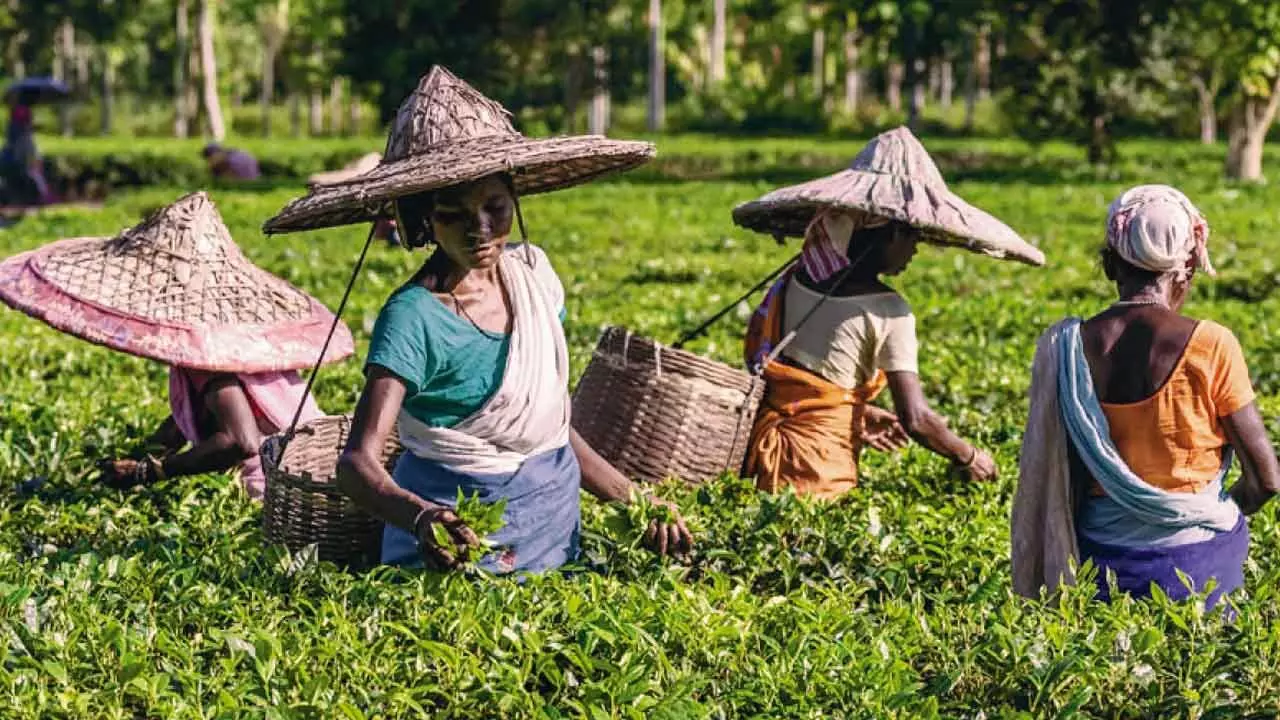Govt Must Handhold The Tea Industry To Bring It Out Of Its Crisis
Govt Must Handhold The Tea Industry To Bring It Out Of Its Crisis

Extreme weather conditions have significantly reduced tea production in India, particularly in Assam and West Bengal. The first and second flush crops, which produce the best-quality teas, have been severely impacted, due to which there is a strain on the industry’s cash flow. The escalating costs of inputs, including rising wages and food grain prices, are exacerbating the financial challenges faced by the industry. Going by the Tea Board of India statistics, insufficient rainfall and excessive heat early in the season, followed by heavy rainfall in June and July, have majorly hampered crop growth. This has resulted in a sharp decline in production, with Assam experiencing an 11 per cent drop in output and West Bengal facing a more drastic 21 per cent decrease up to July compared to the same period last year.
To make it worse, weakened tea bushes and severe pest and disease infestations are coming as bigger threats. Reports from tea estates point out an additional 10 per cent production loss in West Bengal and three per cent in Assam during August compared to last year. Meanwhile, data from the India Meteorological Department shows significant deviations in rainfall patterns. West Bengal received 50 per cent to 80 per cent less rainfall between March and May, while Assam saw a 10 per cent to 30 per cent deficit.
Although the southwest monsoon brought heavy rainfall to the region, the erratic weather and another drastic reduction in rainfall in August have worsened the outlook for tea growers. The Tea Association of India feels that the erratic weather has also severely impacted tea bush health, contributing to crop losses. Severe pest infestations, including Helopeltis, Looper Caterpillar, Green Fly and Red Spider Mites, have plagued many tea gardens. In addition diseases like Fusarium Dieback, Bacterial Blight, and Red Rust have spread widely and are affecting yields.
There is another aspect to the whole situation as well. A recent report by the Comptroller and Auditor General (CAG) pointed out that the wages being paid of tea garden workers in Assam are inadequate, with several shortcomings and areas of concern in implementation of labour laws and worker welfare provisions, which, in turn, is also adding to the crisis. The tea industry is also grappling with restrictions on the use of chemicals for pest control.
Currently, only 33 chemicals are approved for use under the Food Safety and Standards Authority of India (FSSAI) guidelines, with 26 more awaiting approval. As a result, the industry is struggling to combat pest infestations effectively. The industry has nothing against FSSAI’s efforts to ensure safe and compliant tea production. But the tea industry has urged the West Bengal state government to prohibit the sale and distribution of banned chemicals in north Bengal’s tea-growing regions. Without such measures, the industry risks being at a competitive disadvantage compared to other tea-producing areas. These apart, the industry is in dire need of fiscal incentives (Assam government has already offered some) to help the sector navigate through the turbulent times. After all, rain gods alone cannot help the industry come out of the crisis it is in.

